Still looking for William Tyrrell: search presses home
Nine years on, police now theorise that three-year-old William Tyrrell died by accident or misadventure.
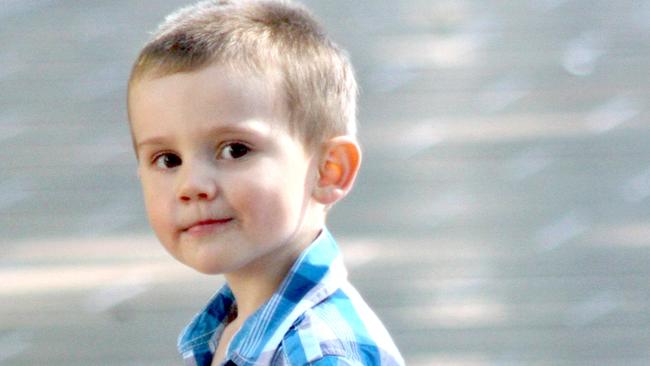
Imagine him hitting his head, or breaking his neck, becoming lifeless.
Imagine not calling the ambulance, not taking him to hospital.
Imagine stuffing his tiny body, in his adorable Spider-Man suit, into a box or a bag or the boot of a car and dumping him in the bush instead.
Does any of that make sense to you? Because that is what some NSW police detectives believe about the fate of William Tyrrell.
They think he died by accident or misadventure, during a sleepover at his foster nana’s house in the small village of Kendall on the NSW north coast in September 2014, and they believe that rather than report his death to authorities, his foster mum covered it up.
Why? Because William was a foster child, and she might therefore get in trouble, the way a biological parent wouldn’t.
Because she didn’t want to admit that she’d left the boy, who was only three, unattended; charges might even be laid.

Because she knew that police would know it wasn’t the first “accident” William had suffered, while in her care; only a month before he went missing from Kendall she had to take him to hospital with a black eye.
Because only a week earlier she had been complaining to welfare workers about William’s unruly and unacceptable behaviour; because they had taken notes of that conversation, including one in which she was recorded as saying she was close to “giving up, or giving in” when it came to trying to tame him.
Also because she loved being a foster carer and she didn’t want to have to stop being a foster carer to other children.
And so, when William fell, she didn’t rush him to hospital or cry out in sorrow and grief. She dumped him, like a car part, in the bush.
Again, does any of that make sense to you?
Maybe it would make a little more sense if police were saying the foster mum struck William, and killed William, or strangled William, or pushed him to his death, and she was afraid of getting caught and going to jail; afraid of losing other foster children in her care; afraid of being dumped by her husband.
But the “accidental death” theory is the one favoured by NSW police.
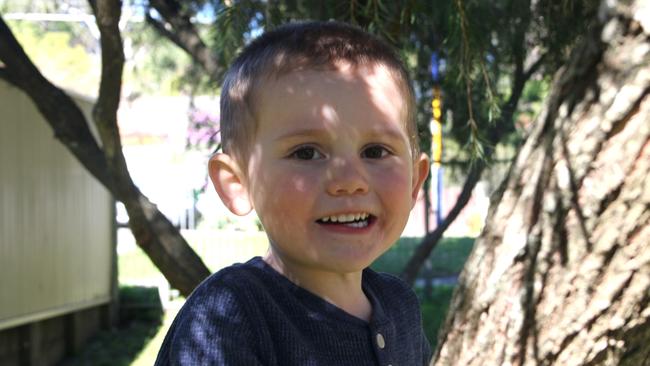
According to media reports, they believe they have enough evidence to charge her, not with homicide, but with offences related to the disposal of his corpse. Off the record, they’re saying he came to harm while in her care.
In a formal statement, released on Wednesday, she says that’s absolutely untrue. She has urged police to drop their obsession with his home life and continue searching for whomever took the boy.
William’s home life is very much part of this story, however.
He was in foster care when he went missing, meaning the state – and by extension all its citizens – had promised to take care of him.
Supposedly he was safer in foster care than with his own parents.
He was three when he went missing. He has been gone almost a decade. If alive, he would be 12 now.
As far as anyone knows, he went missing on Friday, September 12, 2014.
William had been driven by his foster parents – neither of them can be named – to the village of Kendall on the Thursday night, mainly so his foster mum could visit her own recently widowed mum.
By her account, they woke on the Friday and had breakfast and a bit of crayon and garden play before heading out to the back deck.
She says William jumped off the deck, ran around the corner of the house, roared like a tiger, and that was it, she never saw him again.
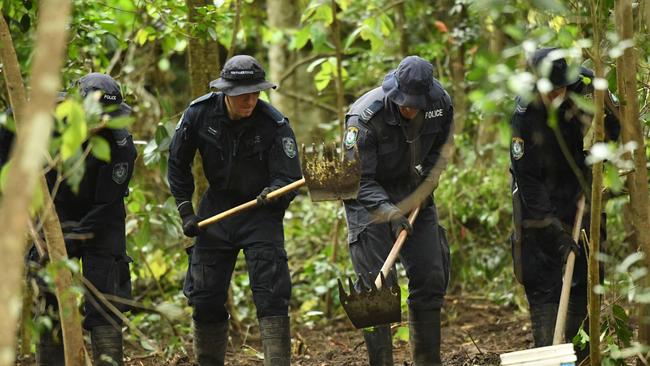
Local police at first seemed sympathetic. A huge search for the boy was mounted, with neighbours, State Emergency Service, pony club members, four-wheel drivers, dirtbikers, surf lifeguards and others joining in.
Heads down, they formed line searches, calling out William’s name well into the night.
In the process, a great deal of forensic material was likely lost.
The house where he’d last been seen was never sealed. No police tape ever went up. By the time police had decided that this might be an abduction – a horrific outcome, for so bubbly a boy, already famous in his Spider-Man suit – the place had been trashed.
Although they have been heavily criticised for their handling of events, local police were in fact the first to recognise the very real risk of homicide.
Inspector Paul Fehon, who was there from the earliest days, said he could not understand why no trace of William been found.
“In a way it’s baffling,” he said. “We’ve had a report of a three-year-old playing in the back yard and then in the space of five minutes being found to be missing … of course, the natural reaction was to search in the dense bushland. But we’ve found no trace, and we can only appeal for people out there, if human intervention took place, someone knows something.”
Within days, Strike Force Rosann had been formed.
They looked first at William’s biological family but they had secure alibis and they’ve never been reunited with him, so that never made much sense.
Investigators looked next at everyone who lived in, or visited, the street where he’d been staying.
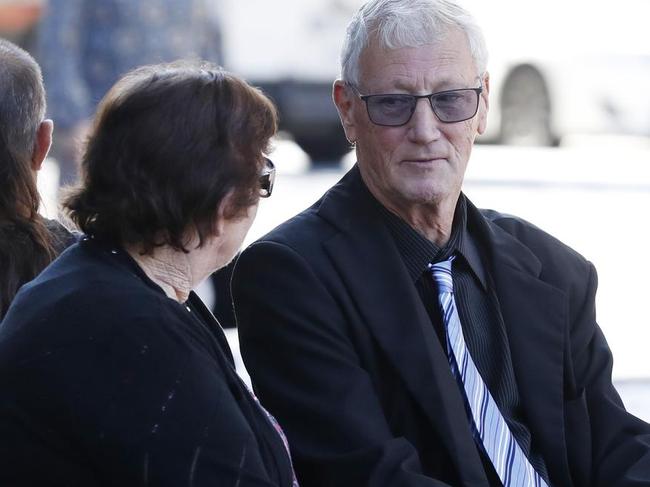
They came upon a washing machine repairman, Bill Spedding, who had visited the foster grandmother’s house a few days before William arrived for his short holiday. William’s foster mum had called him from the house, asking him to come back to finish his repairs.
The first detective put on the case, Hans Rupp, who is now retired, seemed to think he was worth chasing down, and chase him down is certainly what police did.
Last year Spedding was awarded more than $1.4m in damages, after telling a civil court that his life had been completely destroyed by the public nature of the investigation, and by the fact police had charged him with a range of other offences, none of which held up in court, and none of which had anything to do with William’s disappearance,
NSW Supreme Court Justice Ian Harrison said the allegations were “concocted and false and could not be supported”.
He also said they were “born of malice”. (The state of NSW is appealing the size of the damages.)
Next to come under scrutiny was a near neighbour, Paul Savage. A former lead detective, Gary Jubelin, was convinced that he had a case to answer.
Jubelin will be well known to many readers. He has fans across the country, not despite his sometimes renegade approach to policing but because of it.
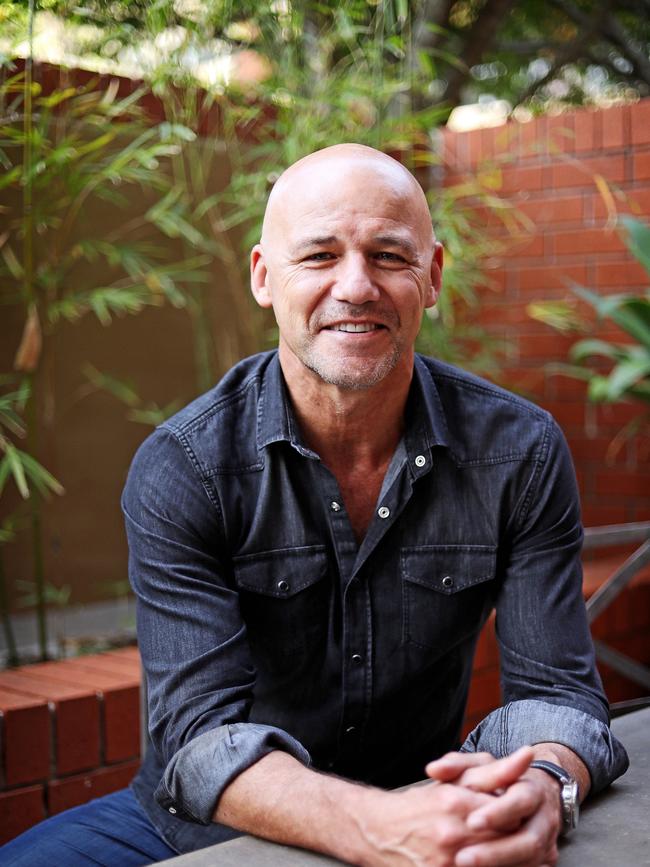
He came up with a plan to bury a Spider-Man suit in the bush near where William went missing and see what happened when Savage found it. Would he try to hide it? Would he report it to police?
A few days later, he called Jubelin, who at the time was on holidays at his elderly mum’s house. Jubelin immediately jumped in his car and sped around to meet him, thinking he might be about to make an admission.
Not wanting to miss it, he pressed record on the phone in his pocket. He didn’t have a warrant to do that. Savage made no admissions but the recording was seized, Jubelin was charged in April 2020 and he has since left the police force and now makes a much better living as a host of television crime shows and his own podcast.
In his absence, the focus of the investigation shifted towards the foster parents.
Detectives put listening devices in their house and on their phones. And, they say, those bugs caught the foster mum kicking and hitting another foster child with a wooden spoon. The foster dad was accused of grabbing the same child by the neck to force them to sit on the ground.
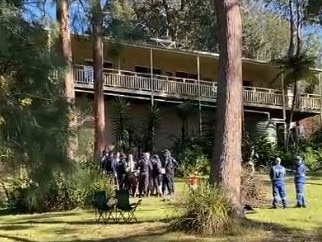
Last year, both foster parents were charged with assault.
Police also charged the foster mum with lying about the alleged assault to investigators from the NSW Crime Commission.
During the trial, a NSW detective sergeant, Andrew Lonergan, said he had “formed the view that (she) knows where William Tyrrell is”.
She insists that isn’t so. Indeed, she remains an active member of the Where’s William? campaign, which was updated last Monday to say: “Happy 12th Birthday William.”
“On this day, with heavy hearts we mark 3210 days since he was taken from the happy life he loved and all those who love him,” the post said. “Today, please light a candle for William … We will never give up.”
NSW police would seem to be of the same mind.
Caroline Overington is the author of Missing William Tyrrell (Harper Collins) and host of The Disappearance of William Tyrrell (Seven Network).



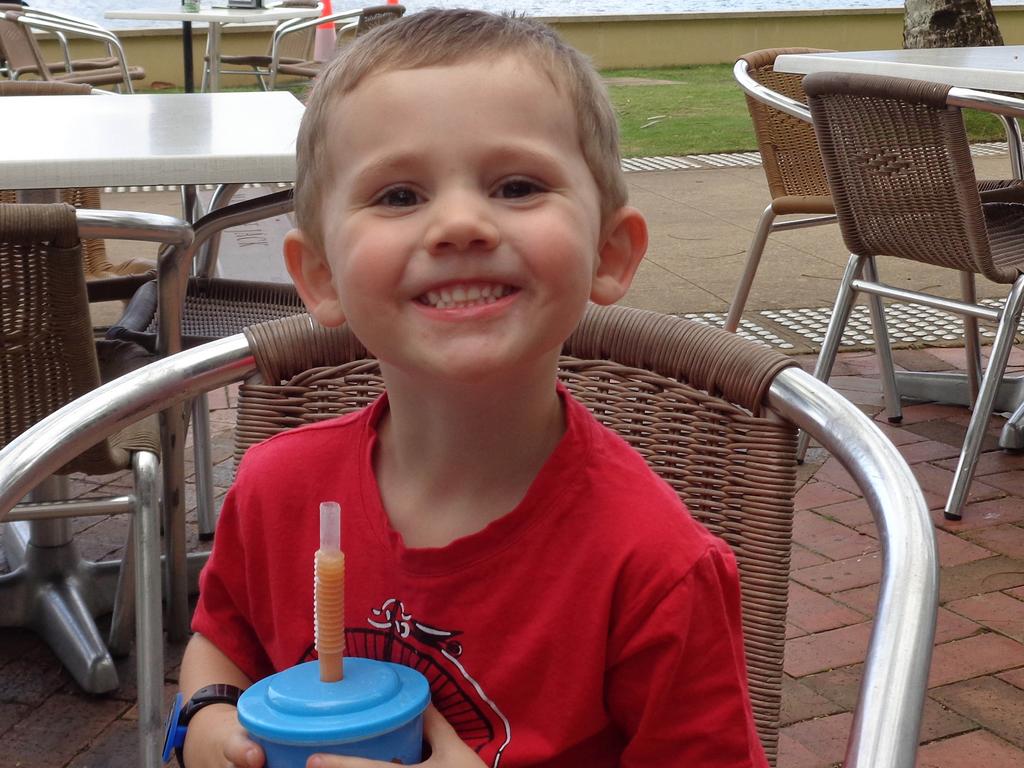

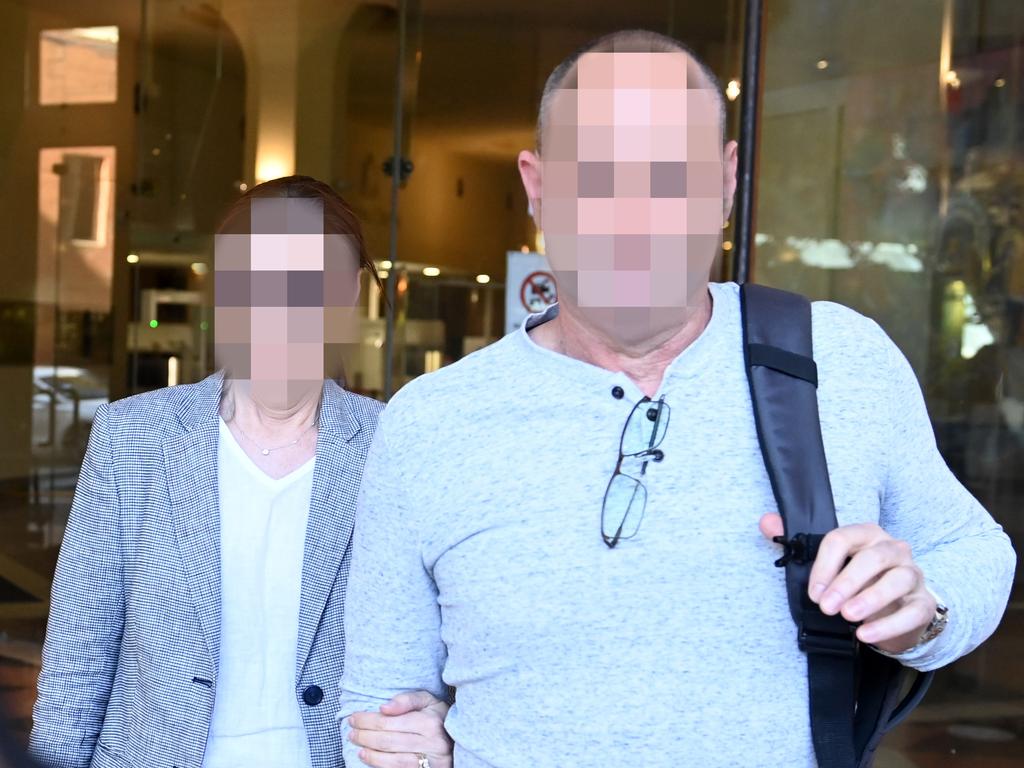


Imagine a boisterous child falling from a second-storey balcony, into the bushes below.